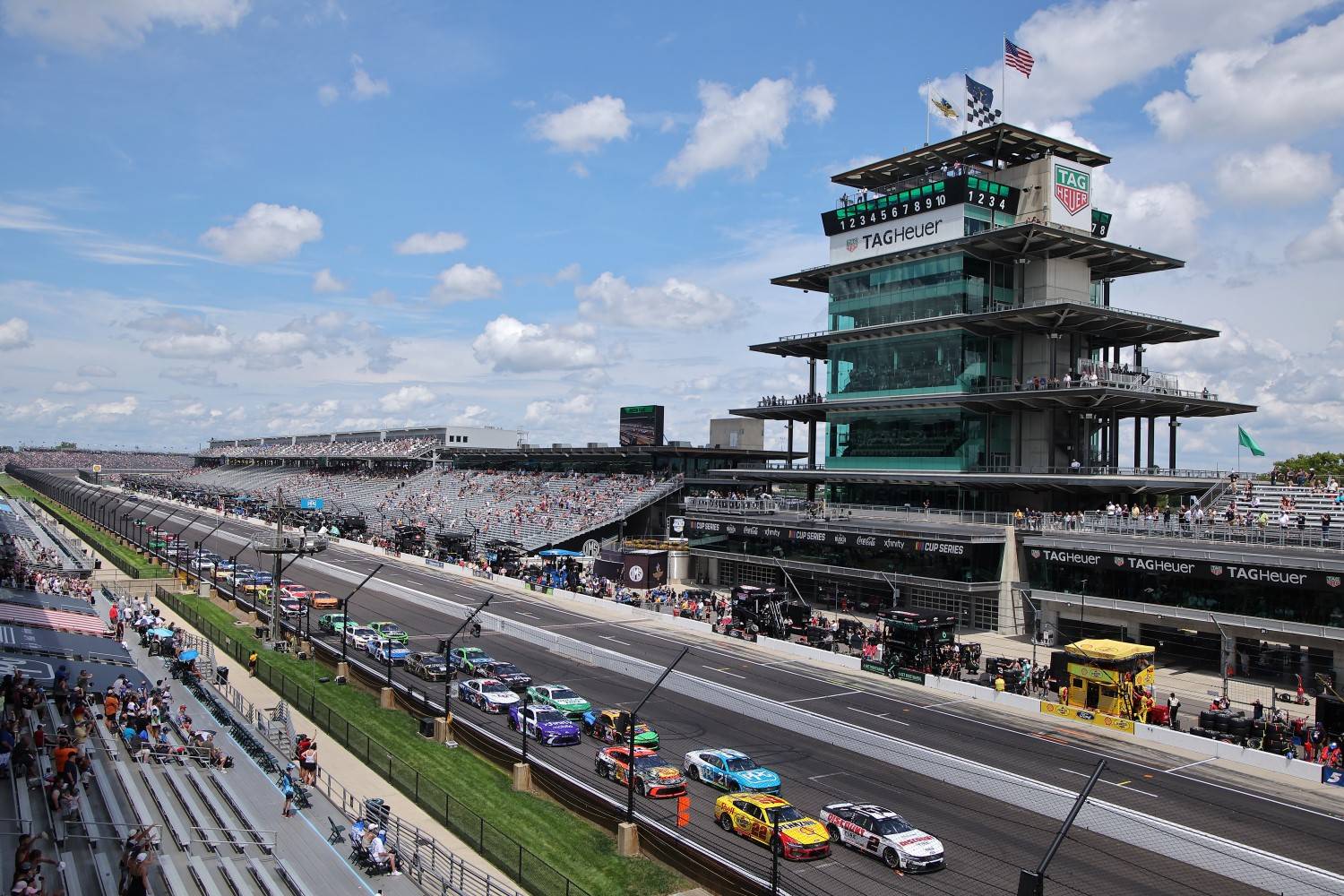TV News: NASCAR’s TV Ratings Plummet: Insider Exposes Deep-Rooted Issues
NASCAR is grappling with a television viewership crisis, hitting historic lows in 2025. The recent New Hampshire playoff race drew a mere 1.29 million viewers, a staggering 31% drop from 1.88 million in 2024. Industry insider Eric Estepp warns that this collapse signals deeper structural problems far beyond quick fixes.
–by Mark Cipolloni–
How Dire Are NASCAR’s 2025 TV Ratings?
The numbers are grim. The 2025 Cup Series averages just 2.52 million viewers per race, down 13% from 2024’s 2.916 million. Playoff races have been hit even harder, averaging only 1.558 million viewers across the first four races compared to 1.874 million last year. The New Hampshire race may mark the lowest audience for a regularly scheduled Cup Series event in recent history.
Meanwhile, the NFL dominates the same Sunday afternoon slots, with single games pulling over 25 million viewers while NASCAR struggles to hit 1.3 million. “Fans often blame the car or playoff format, but the issues run deeper,” Estepp explains.
Related Article: TV News: Fans voice concerns over NASCAR’s plummeting TV Ratings
Cable TV’s Collapse Hits NASCAR Hard
NASCAR’s reliance on cable networks like USA Network and FS1 comes at a brutal time. Cable subscriptions dropped to 68.7 million households in 2024, down from 72.2 million in 2023 and a far cry from 105 million in 2010. With more 2025 races on cable than ever and only a few on free broadcast TV, NASCAR’s current media deal, running through 2031, leaves it vulnerable.
Younger viewers are abandoning cable fastest, with 23% of Gen Z and 18% of millennials planning to cut subscriptions within a year. NASCAR’s aging fan base—among the oldest in major U.S. sports—only compounds the problem.
Related Article: NASCAR, IndyCar, and F1: Comparing Fan Base Ages and NASCAR’s real problem
Can NASCAR Keep Up with Formula 1’s Surge?
Formula 1 is gaining ground in the U.S., particularly among the coveted 18-49 demographic. In a recent head-to-head, NASCAR drew 517,000 viewers in this age group, while F1 pulled in 735,000—over 200,000 more—despite lower total viewership.
F1’s Azerbaijan Grand Prix attracted 1.1 million total viewers, up 24% from last year, signaling its growing American appeal.
Of the 17 F1 races held so far this season, all but one (Miami) have seen year-over-year viewership increases, and 11 of the 17 (Australia, China, Monaco, Spain, Canada, Austria, Great Britain, Belgium, The Netherlands, Italy, Azerbaijan) scored event record audiences.
Across ESPN, ESPN2 and ABC, F1 races are averaging 1.4 million TV viewers, ahead of the all-time U.S. television record average of 1.21 million that was set in 2022.
NASCAR’s three-hour race format isn’t helping. One longtime fan noted, “Since 1992, I’ve watched consistently, but by the final 10 races, I’m burned out. I don’t feel this way about Trucks or Xfinity races—I could watch those year-round.”
A Perfect Storm Threatens NASCAR’s Future
Estepp’s analysis highlights a confluence of challenges: cable cord-cutting, NFL dominance, an aging fan base, and format fatigue. These structural issues create a perfect storm, making this one of the most significant crises in NASCAR’s television history. Without bold changes, the sport risks falling further behind.
